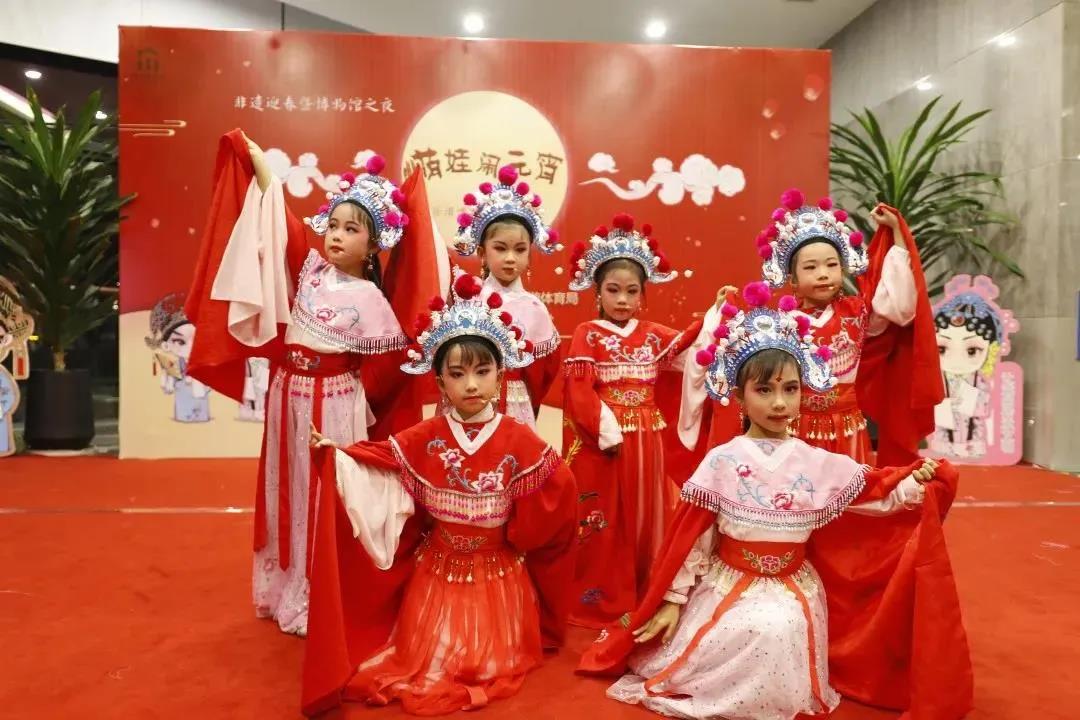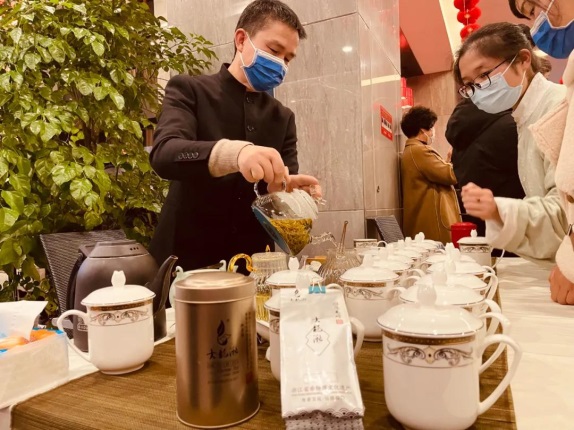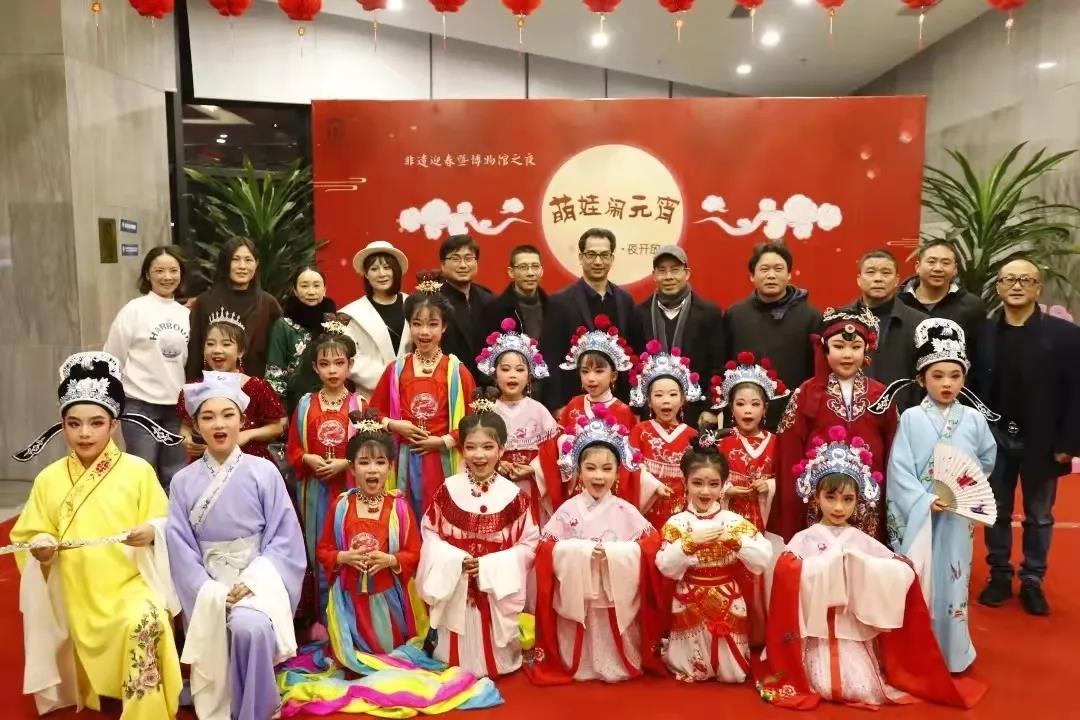The Lantern Festival is celebrated on the 15th day of the first month of Chinese Lunar calendar. On this day people usually eat a traditional food --- sweet dumplings made of glutinous rice flour in round shape. They are usually made of sesame, nuts, rose, and jujube paste. The round shape symbolizes family reunion and happiness in Chinese.
At 2:30 p.m. on February 15, 2022, a celebration of the Lantern Festival was held in the Yueqing Museum. The first part of the activity was to make lanterns. Parents and children made lanterns together, which not only enriches family life, but also enable children to experience folk culture.
The Chinese lantern is one of the tradition Chinese handicrafts. The Tradition of watching lantern in the Lantern Festival has started since the western Han Dynasty and gained prevailing influence in the Tang Dynasty. As today, the red lantern has become a symbol of traditional Chinese culture. It has been listed as the Intangible Culture Heritage of China.
Then, at 7:30 p.m. Wanyun(婉韵) Children's club of opera brought local citizen a wonderful performance of Yue Opera. You may have enjoyed Beijing Opera before; however, understanding the Yue Opera has been a big headache for the young generation. It is especially true if Children have no chance to experience it at school. So it is really interesting and exciting for Children.
As the second largest opera in China, Yue Opera originated in Shengzhou, Zhejiang Province and later developed in Shanghai. It absorbed the great achievements of Kunqu Opera and Shao Opera. On May 20, 2006, it was approved by the State Council to be included in the first batch of national intangible cultural heritage lists.
Yue Opera is good at lyricism, consists of singing, gestures, dazzling costumes, colorful facial make-ups. Its performance is really touching, elegant and refined. Many works of Yue opera have romantic themes, mainly tells the story of "talented men and beautiful women", and there are many artistic genres. Famous Yue Opera performing artists, such as, Yuan Xuefen (Yuan School), Yin Guifang (Yin School), and Fan Ruijuan (Fan School). ), Fu Quanxiang (Fu school), Xu Yulan (Xu school), etc. The most popular plays, such as “Butterflies”, “A Dream of Red Mansions”, “He Wenxiu”, “Jasper Hairpin”, “Fish Chasing”, were a huge draw.

Tea culture, one of the representations of Chinese culture, refer to the cultural characteristics formed in the process of tea-drinking, including tea ceremony, tea virtues ( health, happiness, refreshment, harmony, respect, beauty), tea spirits (purity, respect, harmony, truth), tea couplets, tea classics, tea sets, tea paintings, tea study, and stories and art of tea.
The organizer also invited Mr. Lin Jianchun, a provincial representative inheritor, to served audiences with Yandang Maofeng Tea. Yandang Maofeng Tea, known as "YanMing" in ancient times, has a history of more than 1600 years, also a tea of tribute for more than 500 years. The shape of tea leaves is fine and slightly curved emerald green; the soup color is tender green and bright; the aroma is fragrant and long; the taste is fresh and sweet".


How delightful it is to enjoy the Lantern Festival at Yueqing Museum with so many people men and women, children and adults gather together as a big family!







Comment